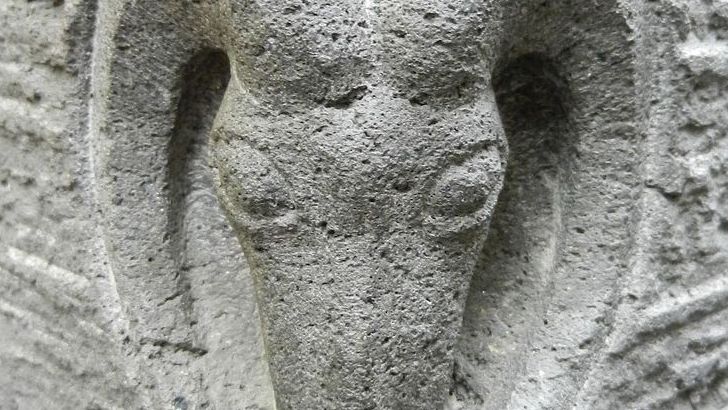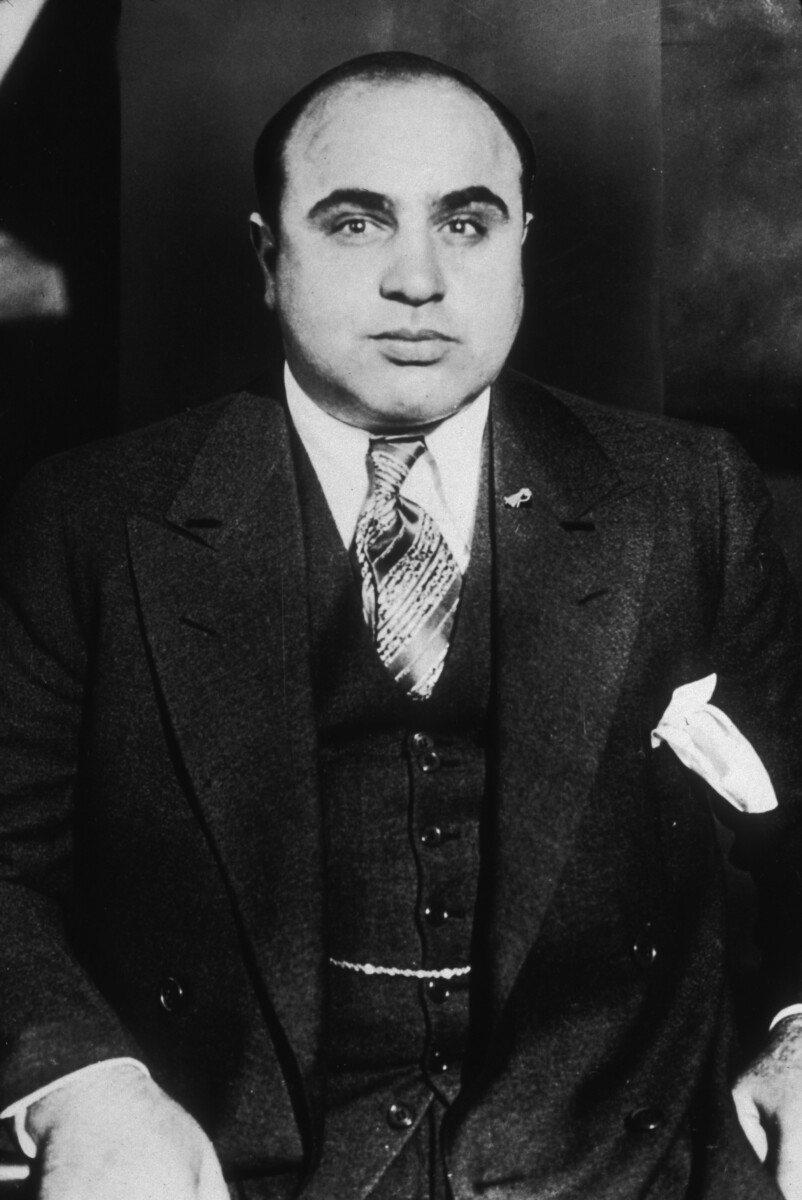The Deadly Trap of Unregulated Machinery

Workers in America’s early industrial era faced a shocking reality that would make today’s safety standards seem almost impossible to achieve. Because accidents were so cheap, American industrial methods developed with little reference to their safety. The machinery that powered the Industrial Revolution demanded a human price that employers seemed eager to pay.
Manufacturing plants operated with virtually no safety mechanisms built into their equipment. Dangerous machines and boilers did not have shut-off devices built into their mechanisms. Workers often found themselves operating equipment that could maim or kill them with a single mistake, and employers showed little concern for preventing these tragedies. Numerous stories describe how workers’ hair got caught in machines, or limbs were crushed or torn off.
When Workers Became Expendable Commodities

The Industrial Revolution transformed how employers viewed their workforce in ways that would shock modern sensibilities. The system was structured to dehumanize workers. By erasing their human value, the worker was reduced to nothing more than a commodity. The same as the raw materials used in the factories. If a commodity was damaged or destroyed, it was discarded and forgotten. This cold calculation turned human lives into mere numbers on a balance sheet.
The legal system of the time actively protected employers from bearing responsibility for worker injuries. A number or surveys taken about 1900 showed that only about half of all workers fatally injured recovered anything and their average compensation only amounted to about half a year’s pay. Even when workers died on the job, their families could expect little or no compensation from employers who had created the dangerous conditions.
The Staggering Scale of Workplace Deaths

The statistics from America’s Industrial Revolution reveal a level of workplace carnage that defies modern comprehension. The United States Bureau of Labor Statistics estimated annual workplace injury fatalities at 30,039 in the early 1920’s. This represented just the tip of the iceberg, as many deaths went unreported or were attributed to other causes.
Railroad construction proved particularly deadly for American workers. 75,000 railroad workers died in the quarter century before World War I alone. These workers faced constant danger from unstable equipment, dangerous working conditions, and the inherent risks of building transportation infrastructure across dangerous terrain. In 1910 alone, 3383 railroad workers were killed and another 95,000 railroad workers were seriously injured.
America’s Deadly International Reputation

The United States didn’t just have a workplace safety problem – it had the worst workplace safety record in the industrialized world. The United States led the world in casualty rates. Coal worker fatality rates were triple those in the United Kingdom, to cite one example. This wasn’t an accident of geography or technology; it was a deliberate choice by employers to prioritize profits over worker safety.
The construction industry demonstrated particularly shocking disregard for worker safety. The International Association of Bridge and Structural Steel Workers (Iron Workers), for example, lost a full one percent of its membership to workplace accidents in fiscal year 1911-12. Even more devastating, A leading skyscraper construction firm admitted at the end of the 1920’s that one worker died for every 33 hours of employed time during the previous decade.
The Poisoned Air Workers Breathed

Industrial workers faced a hidden killer that attacked them silently every day they went to work. Air pollution continued to rise in the 1800s, causing respiratory illness and higher death rates in areas that burned more coal. The factories that employed them simultaneously provided their livelihood and slowly destroyed their health through constant exposure to toxic substances.
The scale of industrial air pollution during America’s Industrial Revolution was staggering. Between 1870 and 1910 there were over 10,000 major explosions from inside America’s factories. These explosions not only killed workers immediately but also released massive amounts of toxic chemicals into the air that workers breathed daily. During the early phase of the industrial revolution, beginning in the UK in the late eighteenth century and spreading through Europe and North America, a rapid growth in coal combustion in the developing cities substantially increased emissions of SO2, NO2, NH3 and smoke. The problem of air pollution focused in this period on human health. In part, emissions were due to industrial development and rapidly increasing emissions from short stacks. Additional sources were from domestic emissions by the rapidly growing urban population of factory workers who mostly burned coal for warmth and cooking.
Children Sacrificed to Industrial Greed

Perhaps no aspect of the Industrial Revolution’s human cost was more shocking than the systematic exploitation of children in dangerous workplaces. In the United States, there were over 750,000 children under the age of 15 working in 1870. By 1900, the situation had become even worse. In 1900, 18 percent of all American workers were under the age of 16.
These children faced the same dangerous working conditions as adults, but with even fewer protections. Children as young as four years old worked long hours in factories under dangerous conditions. The physical demands placed on these young workers were extraordinary. It was normal for a child to log between 12 and 14 hours of work a day. The coal mining industry was particularly brutal for children. Children in the coal mines often worked from 4 am until 5 pm. Some child workers worked all day pulling wagons of coal up small tunnels just a few feet tall.
The Physical Destruction of American Workers

The Industrial Revolution didn’t just kill workers – it systematically destroyed the bodies of those who survived. Between the years 1830 to 1880 the overworked generation of Americans reached adulthood with hunched backs, weak knees, bowed legs, and damaged pelvises from carrying heavy loads and standing too many hours a day. The physical toll was so severe that it actually changed the basic physical characteristics of American workers.
The cumulative effect of industrial work created a generation of disabled Americans. And then, this all created a generation of individuals with missing limbs, damaged vision and hearing. The average mean height of an individual had reduced by 2 inches. Factory work literally shrank the American workforce, demonstrating how the pursuit of industrial profits came at the cost of human development.
Disease and Death in Industrial Cities

The rapid urbanization that accompanied America’s Industrial Revolution created deadly health conditions for workers and their families. The key public health issues during the industrial revolution included widespread epidemics of infectious diseases like cholera, typhoid, typhus, smallpox, and tuberculosis. These can all be traced back to overpopulated cities, poor housing and living conditions, mass pollution and a lack of a public infrastructure to care for the citizenry’s health.
Cholera emerged as one of the most devastating diseases affecting industrial workers. Cholera was a particularly deadly disease during the Industrial Revolution. With four major outbreaks throughout the mid-19th century and having claimed tens of thousands of lives, it got nicknamed “King Cholera”. The disease spread rapidly through industrial cities because of contaminated water systems. Cholera epidemics were caused and spread by dirty and contaminated water. This was largely down to the fact that raw sewage was being dumped into the Thames at unprecedently high rates. That same water from the river was also the main drinking source.
The Toxic Work Environment

Industrial workers faced constant exposure to dangerous chemicals and substances that employers knew were harmful but continued to use anyway. Children who worked in coal mines experienced similar conditions: miners toiled away in spaces with poor ventilation and would frequently develop lung diseases. Sometimes, they were made to work around dangerous chemicals, which caused them to become sick from the toxic fumes. Adult workers faced identical hazards with little additional protection.
The match-making industry provides a particularly horrific example of industrial callousness toward worker health. Many young girls worked in match factories. The harsh chemicals would often cause them lose their teeth. Employers knew these chemicals were dangerous but continued to expose workers to them because the alternatives would have been more expensive.
Mining: America’s Deadliest Industry

Coal mining represented perhaps the most dangerous work available to American workers during the Industrial Revolution. Nowhere was the American system more dangerous than in early mining. The combination of dangerous working conditions, explosive materials, and employer negligence created a perfect storm of workplace death and injury.
Mining companies used methods that prioritized speed and profit over worker safety. Unlike British mining operations that used more careful techniques, American mines focused on extracting coal as quickly as possible regardless of the human cost. The hastily prepared Commissioners Report determined, and without any proof, that one of the miners was probably smoking near dynamite. Placing blame was part of a system of protecting the industrial bosses from dealing with workers’ problems. Even when mine explosions killed workers, employers found ways to blame the victims rather than address the dangerous conditions they had created.
The Long-Term Legacy of Industrial Trauma

The effects of Industrial Revolution working conditions extended far beyond the immediate workplace injuries and deaths. Shamefully high fatality and injury rates continued beyond the early twentieth century. Into the 1990’s, the Iron Workers continued to report losing about 100 members a year to workplace accidents. The patterns of workplace danger established during the Industrial Revolution created lasting problems for American workers that persisted for generations.
The human cost of America’s Industrial Revolution was so severe that it fundamentally changed how society thought about work and safety. At the time of OSHA’s passage, the country was losing more men and women to workplace accidents than to the war in Vietnam. It took decades of worker organizing and government intervention to begin addressing the systematic disregard for worker safety that characterized America’s industrial development.
The legacy of the Industrial Revolution’s hidden costs continues to shape American workplaces today. Today, according to OSHA’s own numbers, 6,000 American workers per year die from workplace accidents, 6 million American workers per year suffer injuries due to such accidents, and 50,000 American workers per year die from illnesses related to occupational hazards. While these numbers represent significant improvements from the Industrial Revolution era, they also demonstrate that the fundamental tension between profit and worker safety remains unresolved in American industry.





